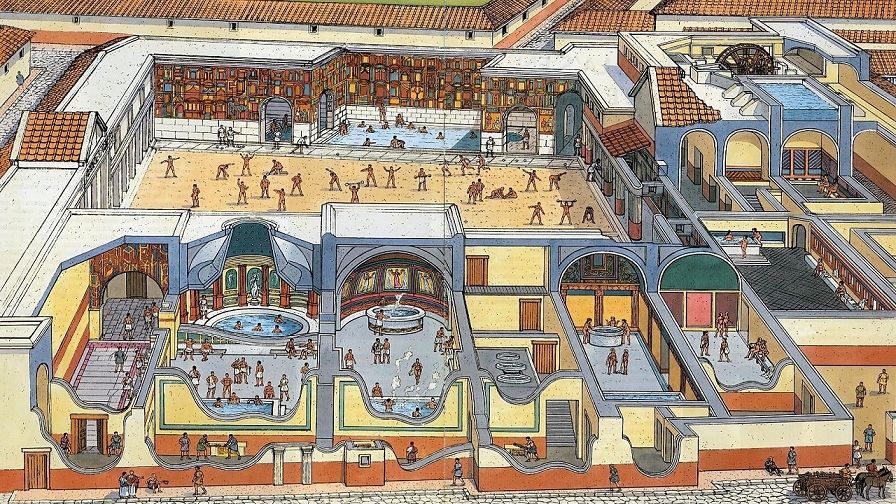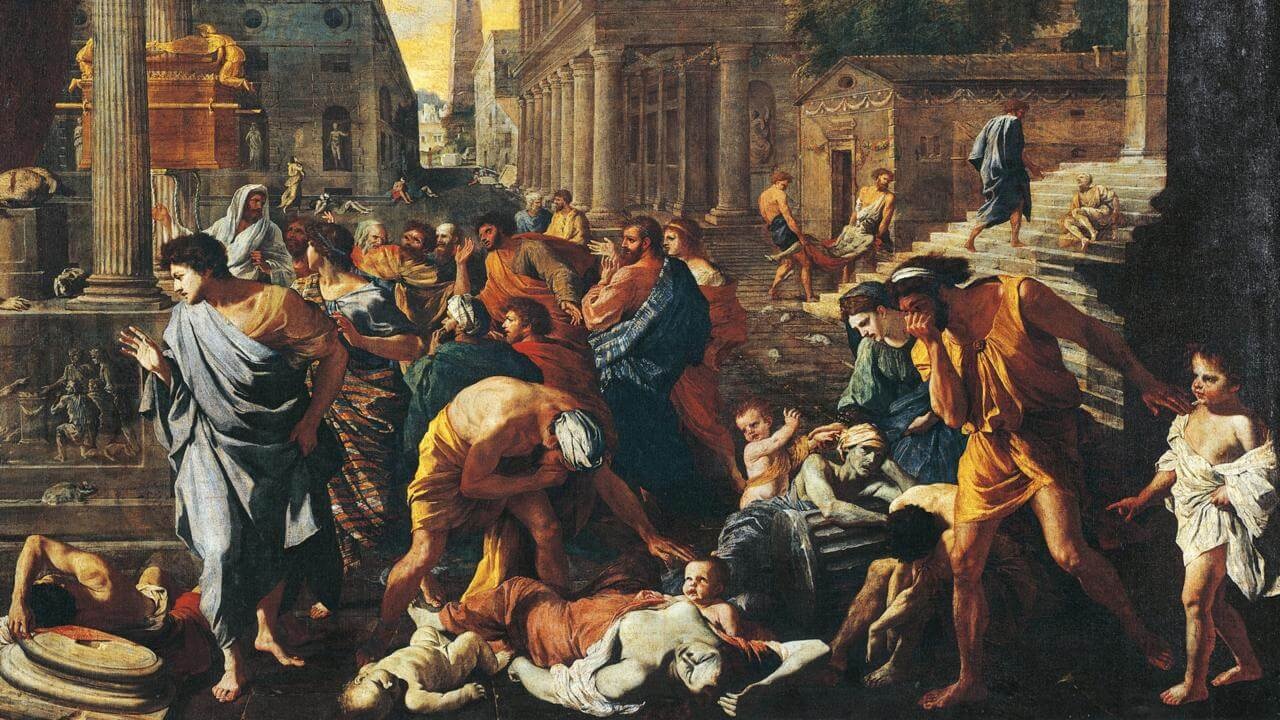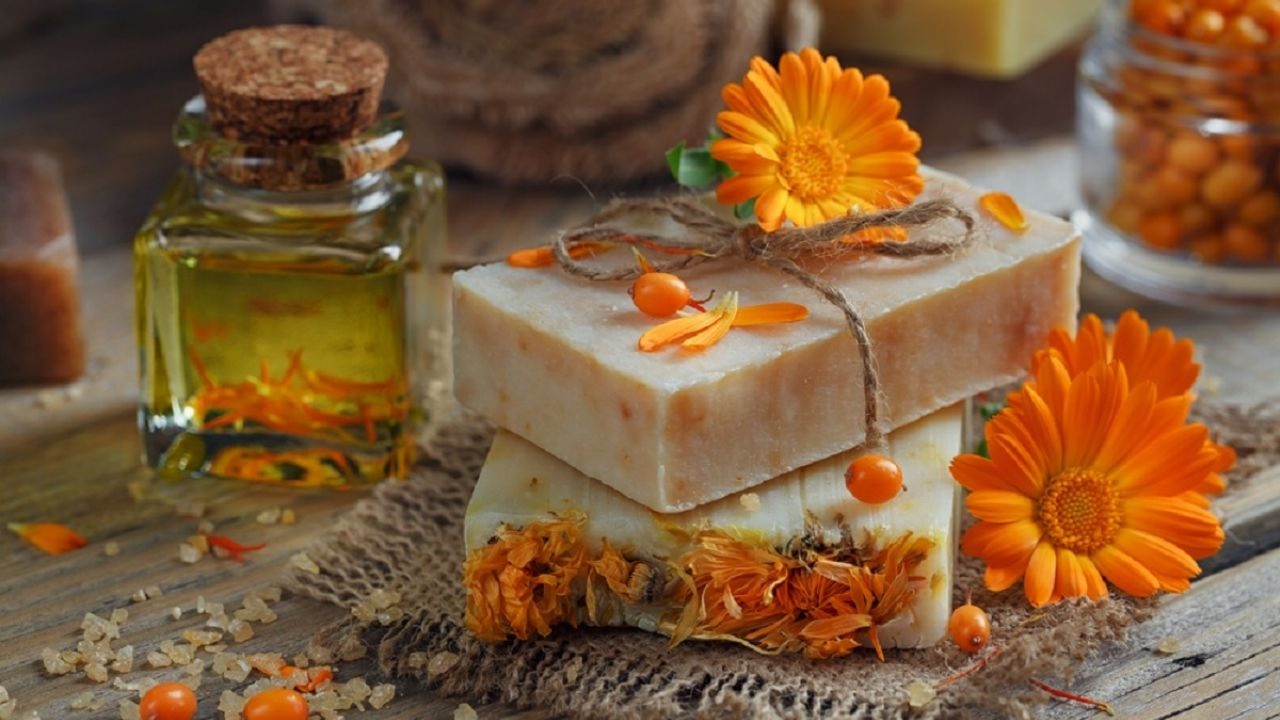Today, even when we go to the smallest supermarket, we encounter cleaning products with different names such as shampoo, detergent, shower gel, but all of them are soap in essence, and contrary to what is known, humanity has actually been using soap for thousands of years. Let’s examine what soap is made of, which has been produced using many different materials throughout history, through the historical process.
Water and soap are the two basic elements of cleaning. Even though we see it on the shelves with countless different names such as shampoo, shower gel and detergent today, the essence of all of them is soap. Contrary to what is known, this substance, which forms our cleaning and hygiene habits, has been in our lives for thousands of years. certainly soaps made in the past were different from what we know today and this caused the cleaning habits to be different from time to time.
Today, specially developed soaps with numerous chemical formulas were made using natural oils and ash in ancient times. There is hardly a period in different regions where there is no soap enriched with ingredients specific to that region, but of course, it depends on what comes to mind when you say this soap. Bride Let’s take a closer look at the question of what soap is made of. and let’s talk about the role of this cleaning product on the stage of history.
The myth that soap is thought to have originated:
Before moving on to the historical facts, let’s talk about the legend of the emergence of soap, which is called sapo in Latin, savon in French, soap in English. It is said that during the Roman Empire, it was located in the Tiber River at the foot of Mount Sapo, near the city of Rome. The clothes women wash would be much cleaner. Because as it rains on this mountain, animal fats and ash mix and flow into the river and form a kind of soapy water.
Even thousands of years ago, people used soap:
It is not known exactly who invented the soap and when. The oldest finds point to the Babylonian period, around 2800 BC. Soap-like substances were found in primitive cylinders, presumed to have been obtained by boiling fat with ash. Another Sumerian clay tablet dated to 2500 BC includes a soap recipe made using oil and wood ash. This mixture was used to wash woolen clothes.
Another source on the subject is A document called the Ebers papyrus, dated to 1550 BC. According to this document, the ancient Egyptians made soap by mixing animal fats and vegetable oils with a soda ash they called trona. This substance was used as medicine and in the processing of wool materials.
During the Nabonidus period of Babylon, which is thought to have lived between 556 and 539 BC. for the purpose of washing the stones on the floors of the houses of the servant girls It is known that they use a kind of soap consisting of a mixture of ash, oil and sesame. At the same time, a kind of soap prepared with olive oil and lard was used in the Eastern Mediterranean.

Until the Romans met soap, they had an interesting way of washing:
According to the narratives of Pliny the Elder, the Romans were introduced to soap in the 1st century AD. Invented by the Gauls Before they met soap made using animal fats and ash, the Romans used to wash together in a large hot water pool to get rid of their dirt, or they massaged their bodies with some kind of oil and then scraped the dirt and oil from their bodies with a spatula-like tool called a strigil.
In the 2nd century AD, a Roman doctor named Galen invented a kind of soap using lye water. This soap was used both for cleaning goods and for personal cleaning. At the same time, the Chinese were making a kind of cleaning material by mixing pig pancreas with plant ash. The Chinese did not use soaps made with animal fat for a long time.
Since there was no soap, Europeans met the plague in the Middle Ages:
Soap was a known and used cleaning material in Roman and Germanic peoples. But things changed with the fall of the Roman Empire. During the chaotic period of Europe neither soap was produced nor imported. The plague spread rapidly among the people, where there was almost no cleanliness, and we all know what happened next.
When we came to the 7th century, things changed again because Trade started between the Middle East and Europe and Europeans introduced soap made using olive oil and lime. Of course, Europeans started making scented soaps by adding their own touches to these soaps.

Until the 19th century, soap was a luxury item:
After the Europeans met with soap, the masters of the business began to emerge. Soap was produced in numerous small workshops in Marseille and London. There were also these workshops in the American colonies in the 17th century. During this period, bathing had become a kind of fashion among the European nobility.
Of course the British that I hurt don’t let everyone make soap, They imposed huge taxes on the producers. For this reason, although soap was produced for many years, it was used only by wealthy nobles because it was very expensive. In 1850, when William Gossage started to produce affordable and quality soap, the public also had access to this basic cleaning product.
Wars led to the emergence of soap as we know it:
Although wars are murder ceremonies that cause the death of millions of people, it must be admitted that all innovations emerged during wars. Until 1916, soap was produced all over the world using natural materials. Then the situation changed when the First World War broke out and soon after the Second World War broke out.
During the wars, many basic consumer goods became inaccessible all over the world. Animal fat, vegetable oil, solid fat, oil were not available in the market. Scientists got involved and came up with chemical products that would have an oil-like effect. The raw materials of the detergents we use today are still these chemicals. The same chemicals are also used in soaps, but natural soaps are recommended because of their negative effects on human health.

What is soap made of today, what is the substance that makes soap foam?
Even if ash is no longer used today, the basic ingredients of soap making are vegetable oils and animal fats, tallow, lard and bone fat obtained from coconut, palm kernel, laurel, olive, corn, soybean. These oils are boiled by mixing them with chemicals such as sodium hydroxide and potassium hydroxide. or it is expected to react and the result is soap. Since these are the chemicals that make soap foam, if you pay attention, natural soaps do not foam much.
It has been used by people for thousands of years for cleaning purposes. Answering the question of what soap is made of We talked about the role of soap on the stage of history. Now we have plenty of water, plenty of soap; in the hope that we pay a little more attention to our personal hygiene.
